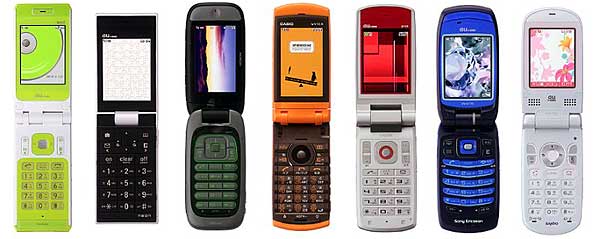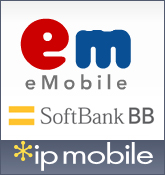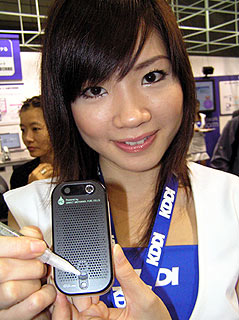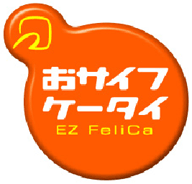KDDI Introduces Seven New 3G Handsets
This week was a new-cell-phone-announcement triple-play! Following DoCoMo on Tuesday and Vodafone yesterday, KDDI’s au brand held a press conference this afteroon at the super-swank New Otani hotel to unveil an impressive spring line-up. From L. to R. (below): Toshiba’s W41T with Japan’s first built-in 4GB HDD, the slick-styled Neon, is the latest addition to the in-house Design Project; Hitachi’s W41H ‘One-Seg’ digital TV phone; Casio’s W41CA, featuring a FeliCa mobile wallet; Kyocera’s W41K is a ‘Full Function’ camera phone with a 3.2-megapixel cam; SonyEricsson’s W41S is also FeliCa IC-enabled; and finally the Sanyo W41SA, which has an interesting handwritten character scanning application. The new fleet will hit store shelves starting in February along with the introduction of an enhanced Listen Mobile Service.



 Back in 1999, when I was editing Computing Japan magazine, we ran an article entitled “
Back in 1999, when I was editing Computing Japan magazine, we ran an article entitled “
 Fresh off the news wire [
Fresh off the news wire [